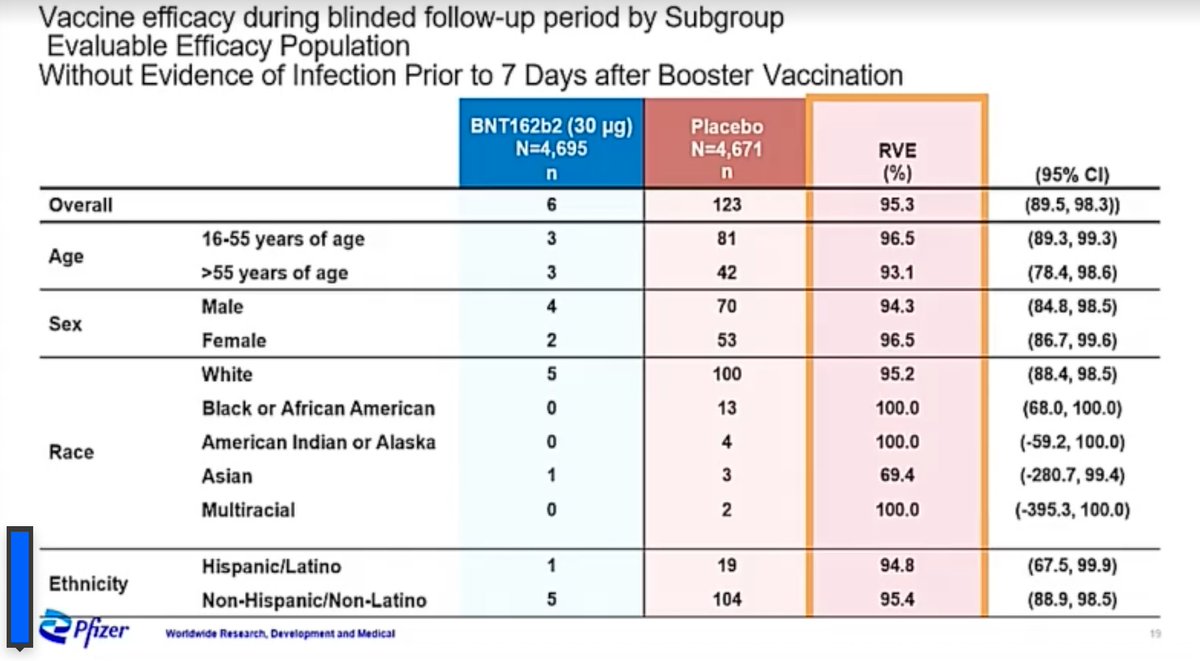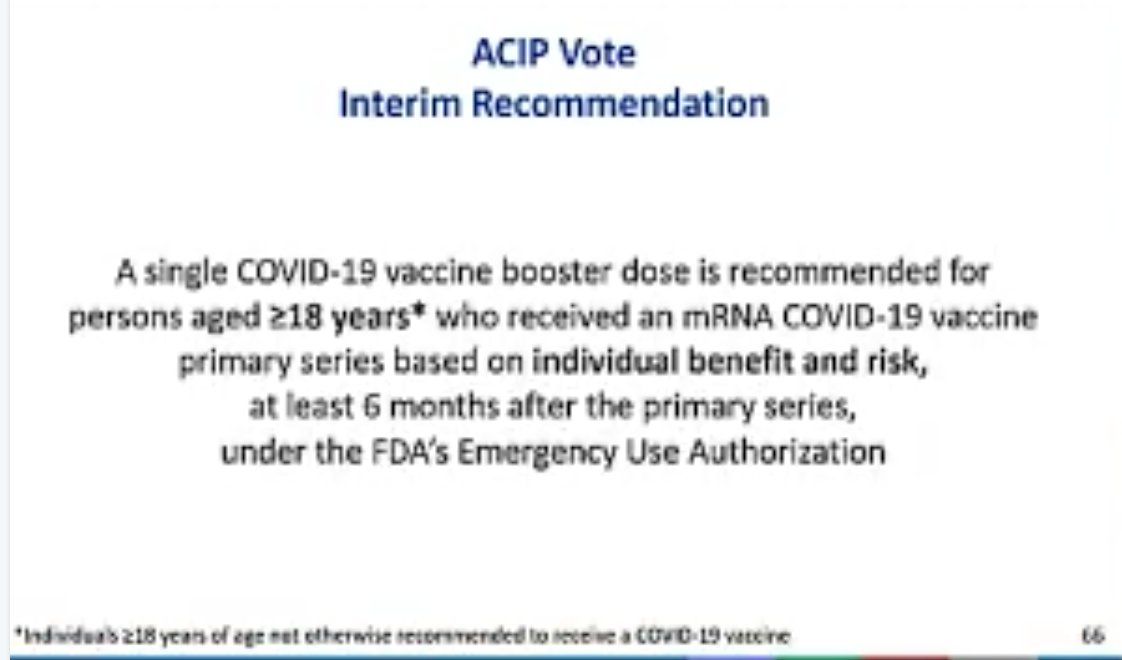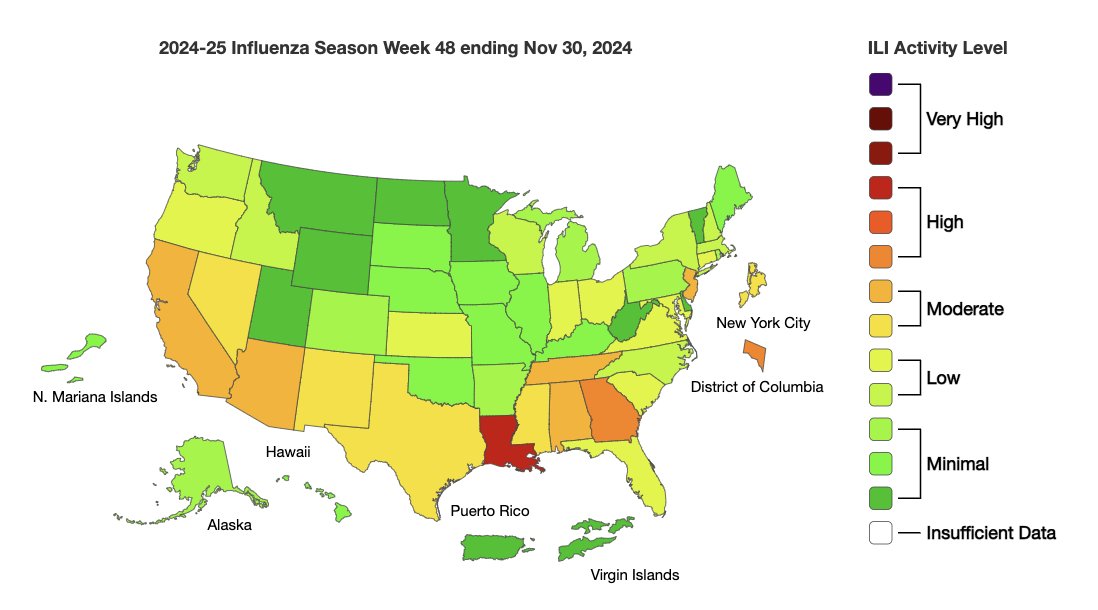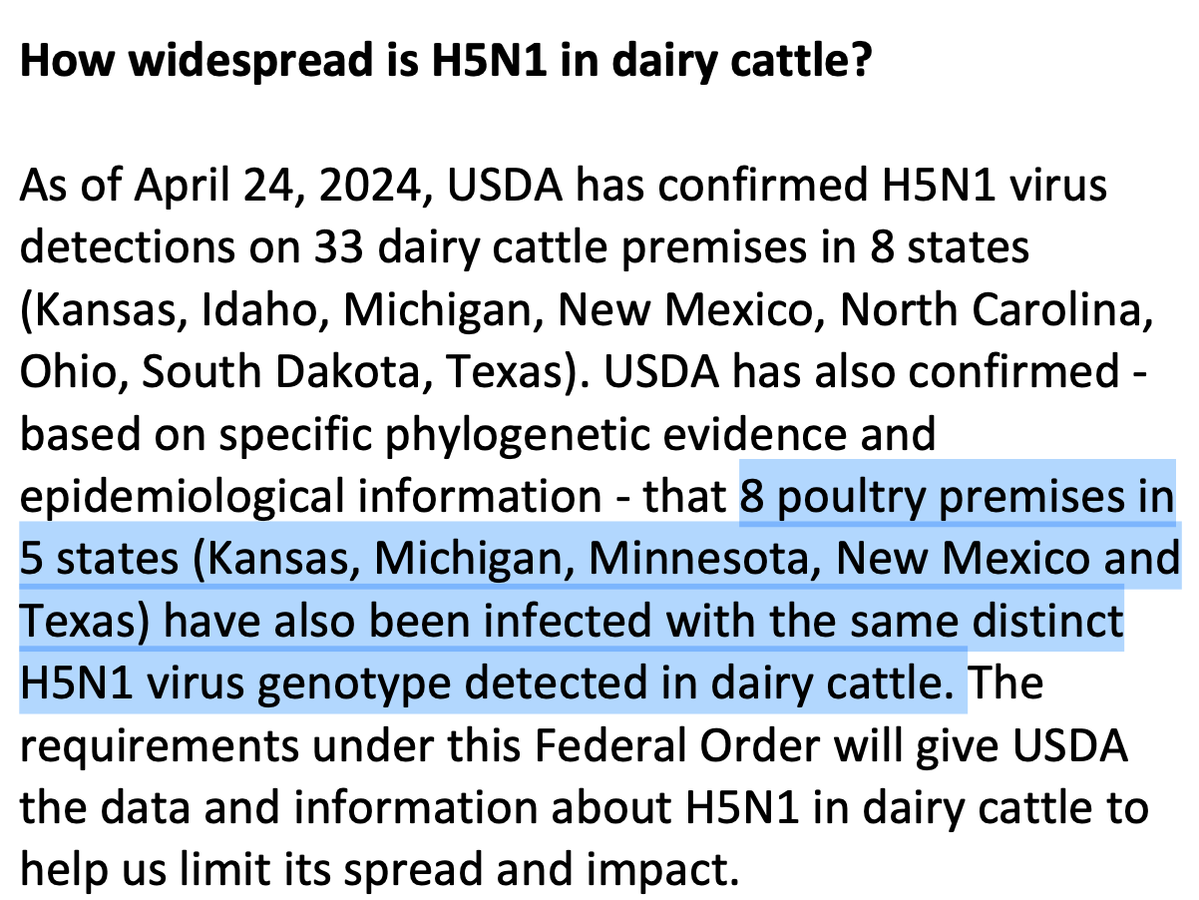1. #ACIP will begin meeting at noon ET on the expansion of the emergency use authorizations for Pfizer & Moderna #Covid19 boosters.
The agenda is here: cdc.gov/vaccines/acip/…
The meeting can be listened to here: video.ibm.com/channel/VWBXKB…
I will be live blogging in this thread.
The agenda is here: cdc.gov/vaccines/acip/…
The meeting can be listened to here: video.ibm.com/channel/VWBXKB…
I will be live blogging in this thread.
2. #ACIP is beginning. Roll call was conducted in an unusual fashion so I'm not sure I've got this right, but I think 2 voting members of the committee are not present (meeting was called at the last minute). So 13 members will be voting.
3. #ACIP is getting a bit of data on #Covid vax uptake in kids aged 5-11. So far nearly 2M kids have been vaccinated.
Matt Daley, chair of ACIP's Covid vax work group, says he's been talking to kids about vaccination. They're excited "not about the poke, but about the promise."
Matt Daley, chair of ACIP's Covid vax work group, says he's been talking to kids about vaccination. They're excited "not about the poke, but about the promise."

4. Daley is going through something I'd missed before. @CDC's Emergency Use Instructions outline additional uses of the Pfizer booster. It can be used as a boost for non-FDA authorized vaccines, ie AZ or other vaxes not used in the US, & for people who were in vax trials. 

5. Pfizer is presenting data to #ACIP now. This is a breakdown of Grade 3 or higher reactions after a booster in a clinical trial the company ran. 

6. The Pfizer representative, Dr. John Perez, vp for vaccine clinical research & development, just called a 55 year old woman "elderly."
I need a minute.
#ACIP
I need a minute.
#ACIP
8. Rituparna Das from Moderna is now presenting on their #Covid booster data. A reminder: The Moderna booster is a half dose (50 mcg) of their full dose (100 mcg). But it's still bigger than the Pfizer booster (30 mcg). #ACIP
9. Side effects reported after the Moderna booster were similar to those seen after earlier doses. The only side effect that was reported more frequently was swelling or tenderness of lymph nodes in the armpit. Similar to what Pfizer reported. #ACIP. 

10. Moderna only filed for an EUA extension this wk & it feels like they weren't as ready to file as Pfizer was. Pfizer's presentation was 21 slides long; Moderna's was 5. Much less detail, including they don't have efficacy data. Das explained it wasn't placebo controlled. #ACIP
11. #ACIP is running late 20 minutes late. Just broke for a 4 minute break, to be followed by a 20 minute public comment session.
This meeting is unlikely to end at 3 pm, as scheduled.
This meeting is unlikely to end at 3 pm, as scheduled.
12. #ACIP's public comment session ended early & the committee is plowing ahead. @CDCgov's Tom Shimabukuro is presenting on booster dose safety & the systems for soliciting information on vaccine side effects.
13. Shimabukuro presented this table, which is a bit confusing. But focus on the blue numbers — they show that 95% of Moderna vaccinees who have been boosted got Moderna for their booster. For Pfizer recipients, it was 99%, 

14. Shimabukuro says in most cases, people who were boosted with the Pfizer vaccine had fewer reactions after dose 3 than after dose 2. #ACIP 

15. One interesting take away from Shimaburuko's presentation: Most people who got an mRNA vaccine (which is most vaccinated Americans) stuck with their original vaccine when they got boosted. So much for mix-n-match. 

16. Another interesting observation, as noted by @RandomlyBob: J&J recipients in the main have chosen mRNA vaccines as their boosters. Not sure that's a surprise. #ACIP 
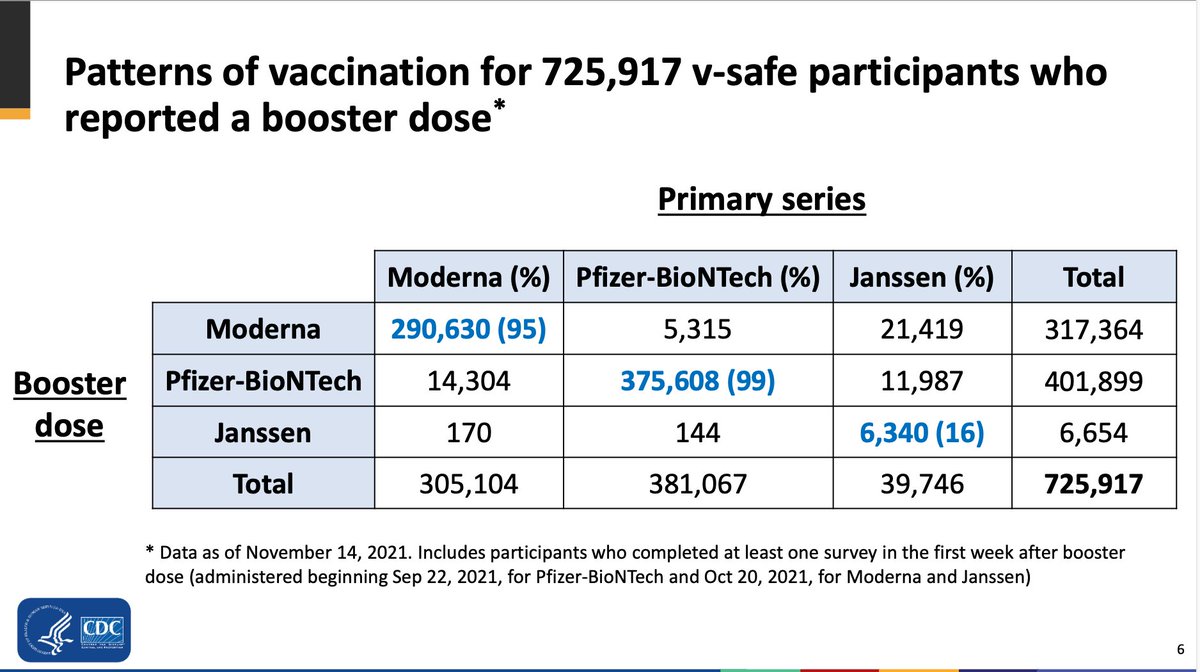
17. Shimabukuro reports from Sept 22 to Nov. 5, 54 cases of myocarditis were reported among the 26M people who have received boosters. Investigations suggest 12 are probably linked to vaccine receipt. The people are older, but people who have been getting boosted are older. #ACIP 

18. #ACIP member Keipp Talbot tells the committee the data so far suggests #Covid boosters are safe. The Moderna booster appears to be the most reactogenic of the boosters. Not a surprise — it contains 1.66 times as much vaccine as the Pfizer booster. 

19. In a Q&A session, Shimabukuro says it's too early to draw conclusions on the risk of myocarditis after the 3rd dose of mRNA vaccines, because teens and younger adults haven't yet been being boosted in big numbers. #ACIP
20. @CDCgov's Sara Oliver is now presenting. This is going to set up the decision(s) #ACIP will face. Anyone who wants to download the slides being presented at this meeting, they are here: cdc.gov/vaccines/acip/…
21. One of the factors driving the change to the booster eligibility criteria is the complexity of the current criteria. This survey, which Oliver presented to #ACIP, shows a fair percentage of people do not know if they're eligible or not — especially among the youngest adults. 

24. @nirav_mainecdc, president of the Association of State & Territorial Health Officials & a non-voting representative to #ACIP, said states unanimously support changing the eligibility criteria. Though well intentioned, the current criteria are an obstacle to boosting, he said.
25. #ACIP member Sarah Long, who hasn't been a fan of broad boosting, is indicating she supports giving people the choice to boost or not.
The vote to broaden the eligibility for boosters is going to pass.
The vote to broaden the eligibility for boosters is going to pass.
26. #ACIP chair Grace Lee asks the committee if they should consider changing the wording of the recommendation for who "should" get a booster from 65 & older to 50 & older. 

27. #ACIP member Matt Daley says a lot of people 50 to 64 should get boosters because of underlying health issues (Oliver says 75%), but restricting boosters to only those people is confusing people & probably preventing some people who qualify from getting one. 

28. Sarah Long isn't comfortable with moving people 50-64 into the "should" category without more discussion — "in the last 5 minutes" before the vote.
To be clear, there hasn't been a motion moved yet.
If this change is made, the recommendations would look like this.
To be clear, there hasn't been a motion moved yet.
If this change is made, the recommendations would look like this.

29. #ACIP is going to take 2 votes. Starting now.
31. This motion passed 11-0.
There were only 11 votes because 2 members missed this meeting and 2 members — Sarah Long and Keipp Talbot — could not stay for the votes.
This meeting was put together very quickly and some of these people could not clear their calendar to attend.
There were only 11 votes because 2 members missed this meeting and 2 members — Sarah Long and Keipp Talbot — could not stay for the votes.
This meeting was put together very quickly and some of these people could not clear their calendar to attend.

32. #ACIP chair Grace Lee in adjourning meeting noted that this is the 22nd meeting that ACIP has held on #Covid vaccines. What she didn't say is that's almost twice the number of meetings an ACIP member would attend in a 4-year term in normal times. Huge workload.
• • •
Missing some Tweet in this thread? You can try to
force a refresh

